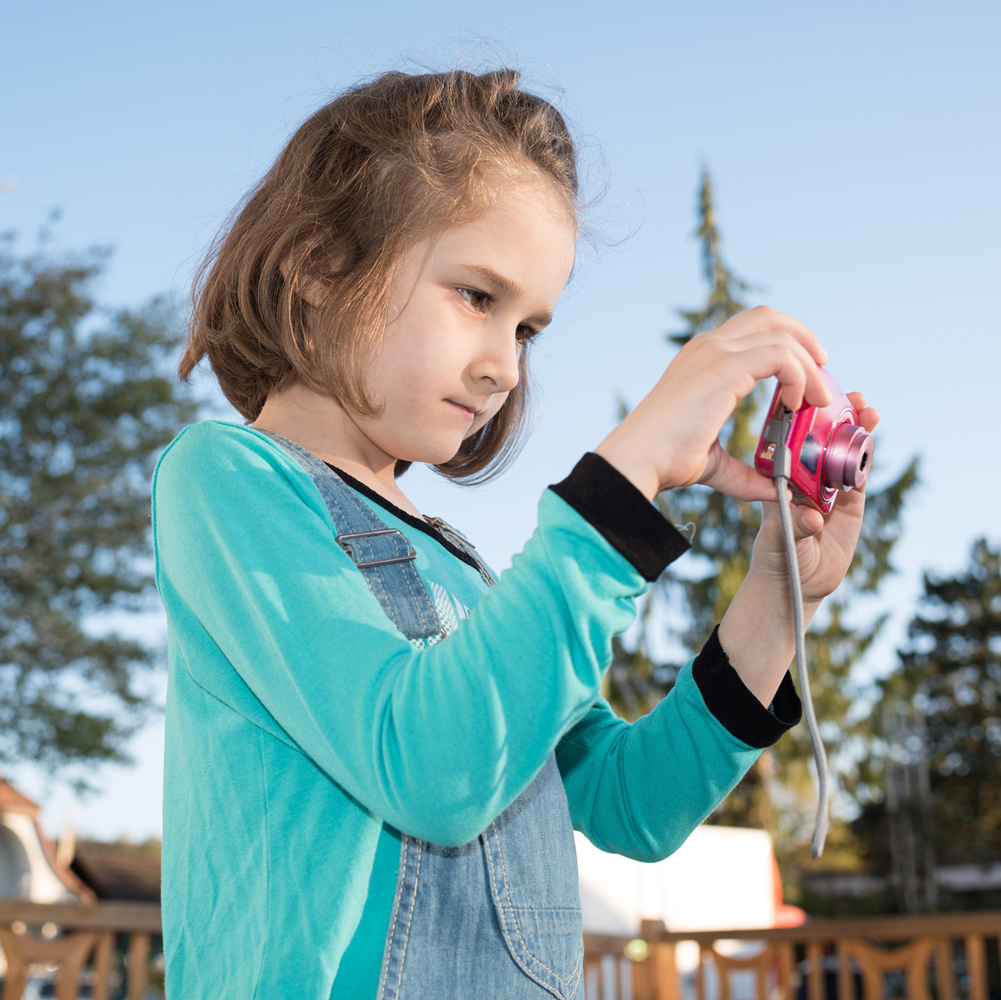Take photos every day for seven days through the lens of a daily theme, then try to find the overall patterns. In this activity, children learn observational skills, a key component of creativity.
Materials Required
- Camera (or a cell phone with a camera) that you can carry with you each day
Instructions
1. Take photos every day for seven days. First thing each morning, pick a theme for the photos taken that day. The theme can either be a visual characteristic or something more abstract. Some examples may include:
- Circles
- People standing (or waiting for a bus, or in line for tickets...)
- People laughing
- People using their smartphones
- Improvised fixes for problems, like eyeglasses held together by a paper clip, or an old car’s bumper held in place with a rope
- Images that suggest loneliness (or excitement, or chaos...)
2. Take at least 10 photos every day for a week, with each day having a different theme.
3. Save all of the photos in folders on the computer, with each title of the folder being the theme of the day.
4. At the end of each day, arrange the photos into a collage and study the photos, looking for patterns and shared characteristics between the photos. Are there any patterns?
5. At the end of the week, look through all seven folders and hunt for connections across the different themes.
Additional Tips
Try these add-on activities:
- At the end of the week, display the photos in a collage or slideshow.
- Share photos with friends and family.
- Start again! Create seven new themes and start another week of daily photography.


